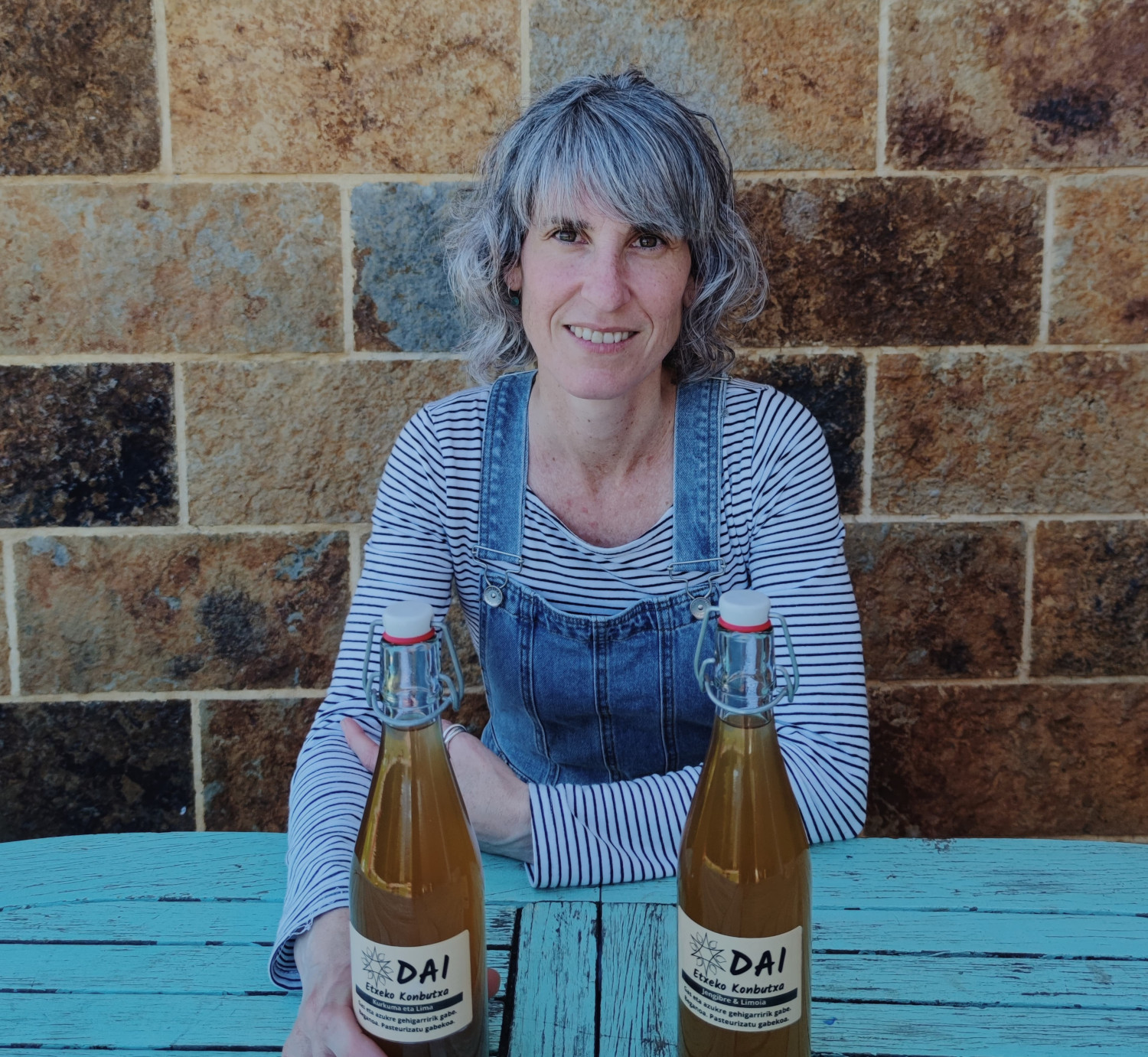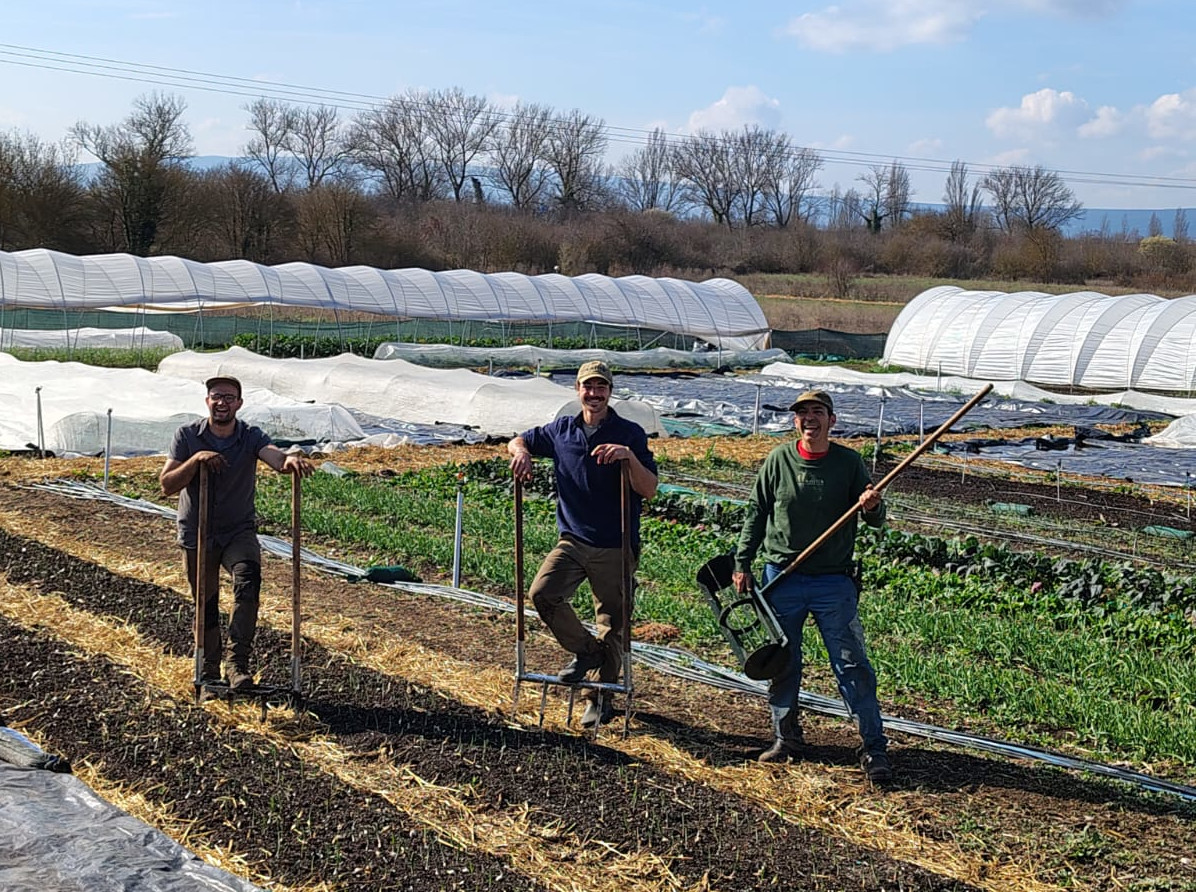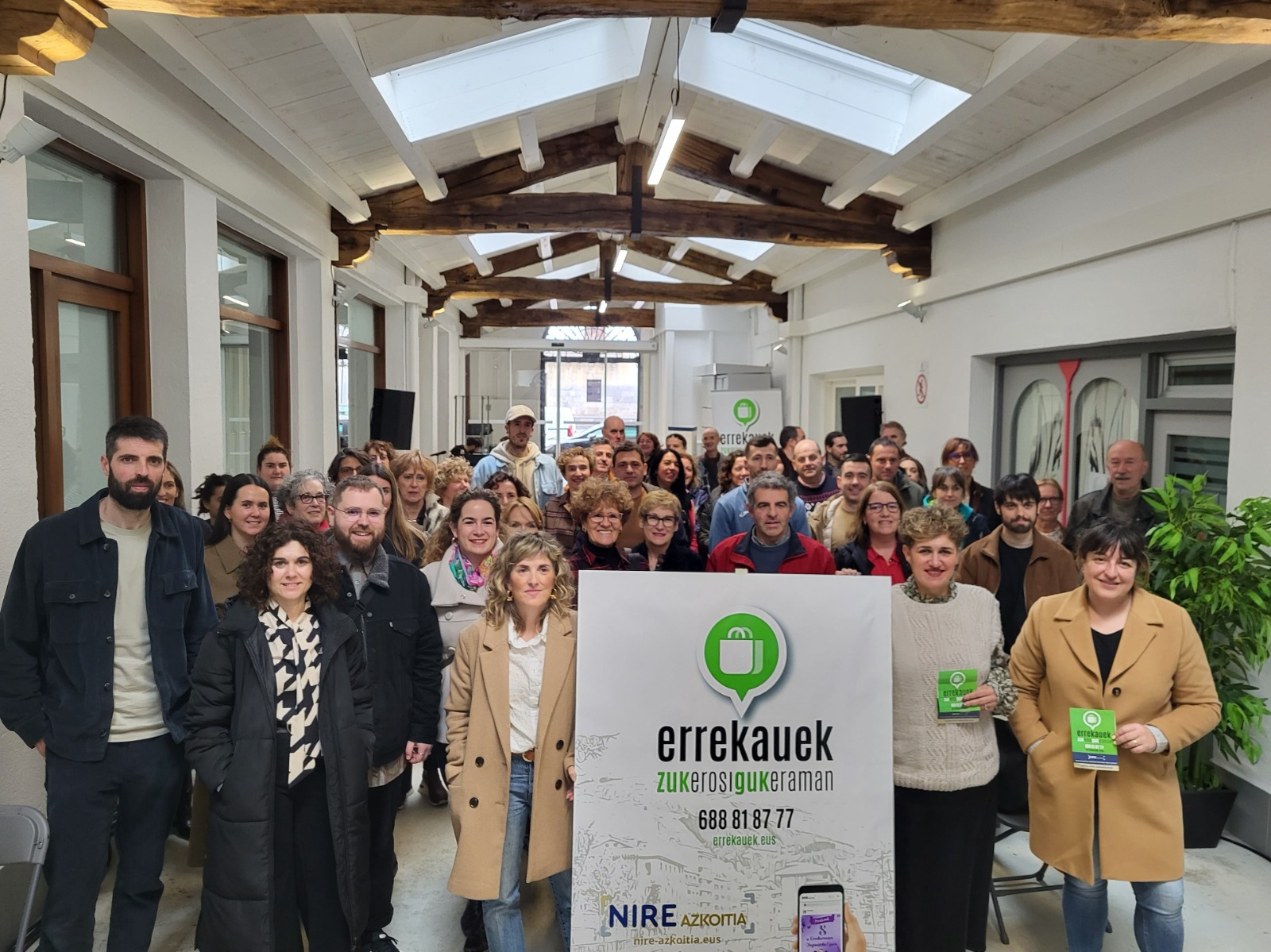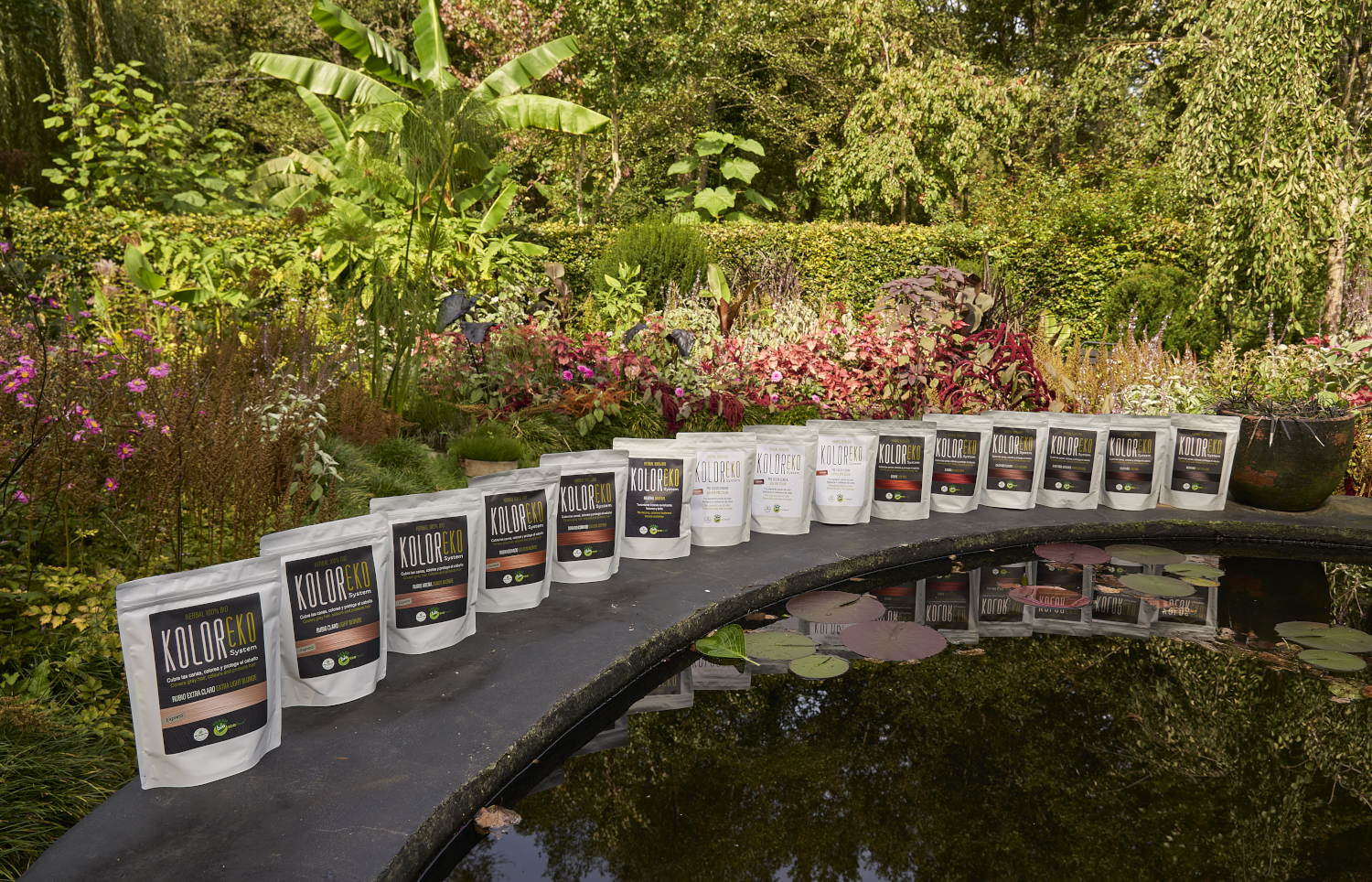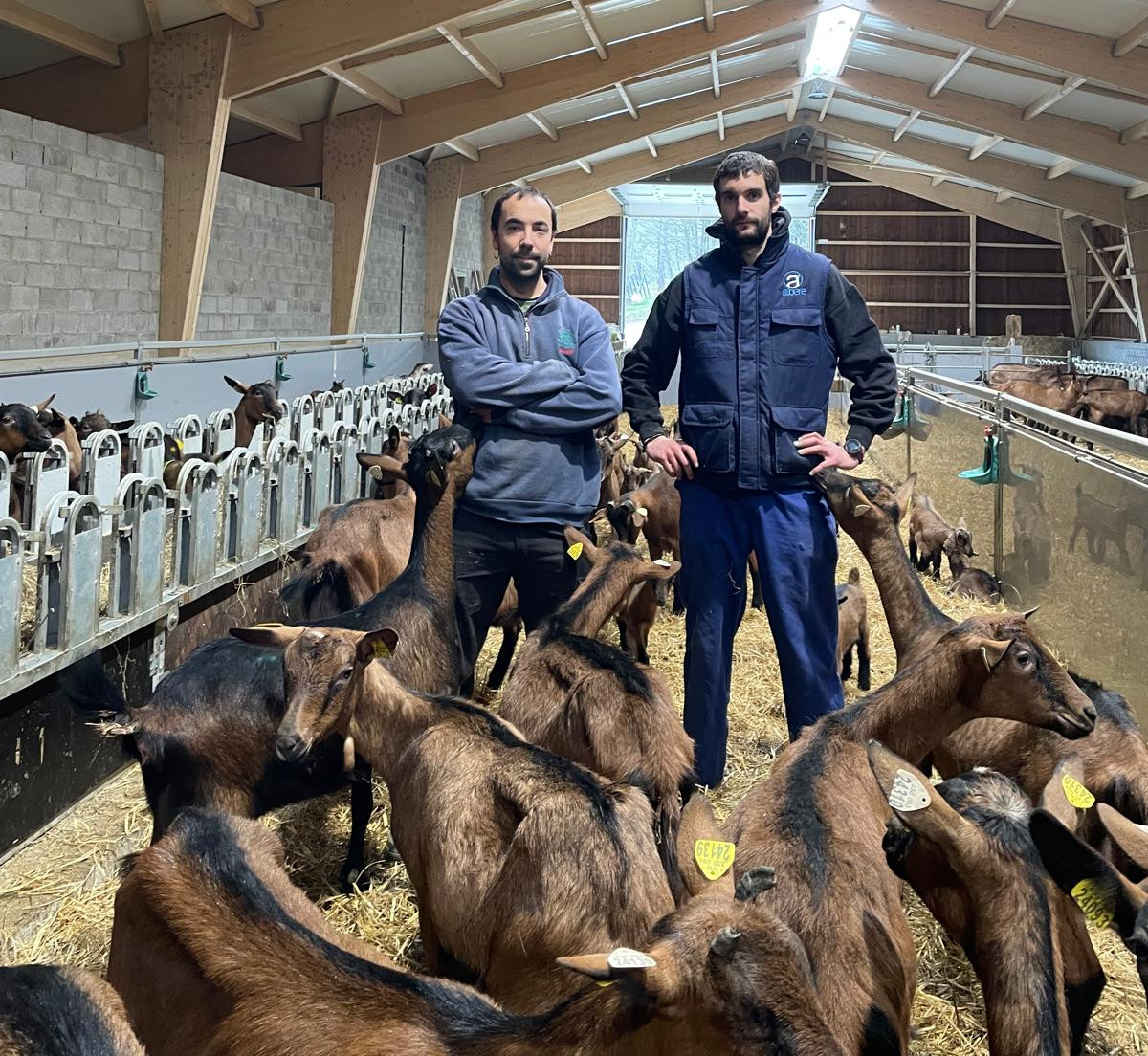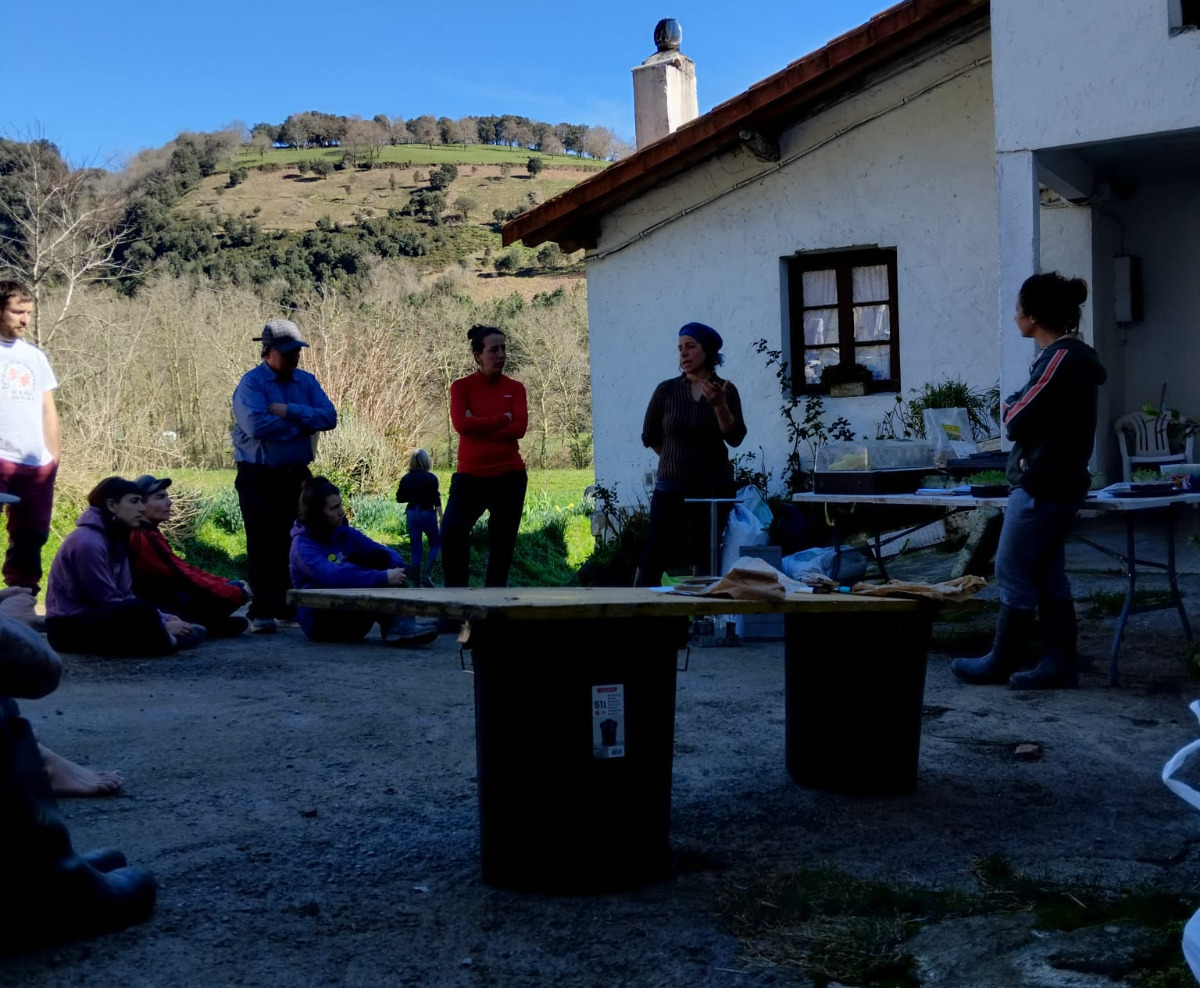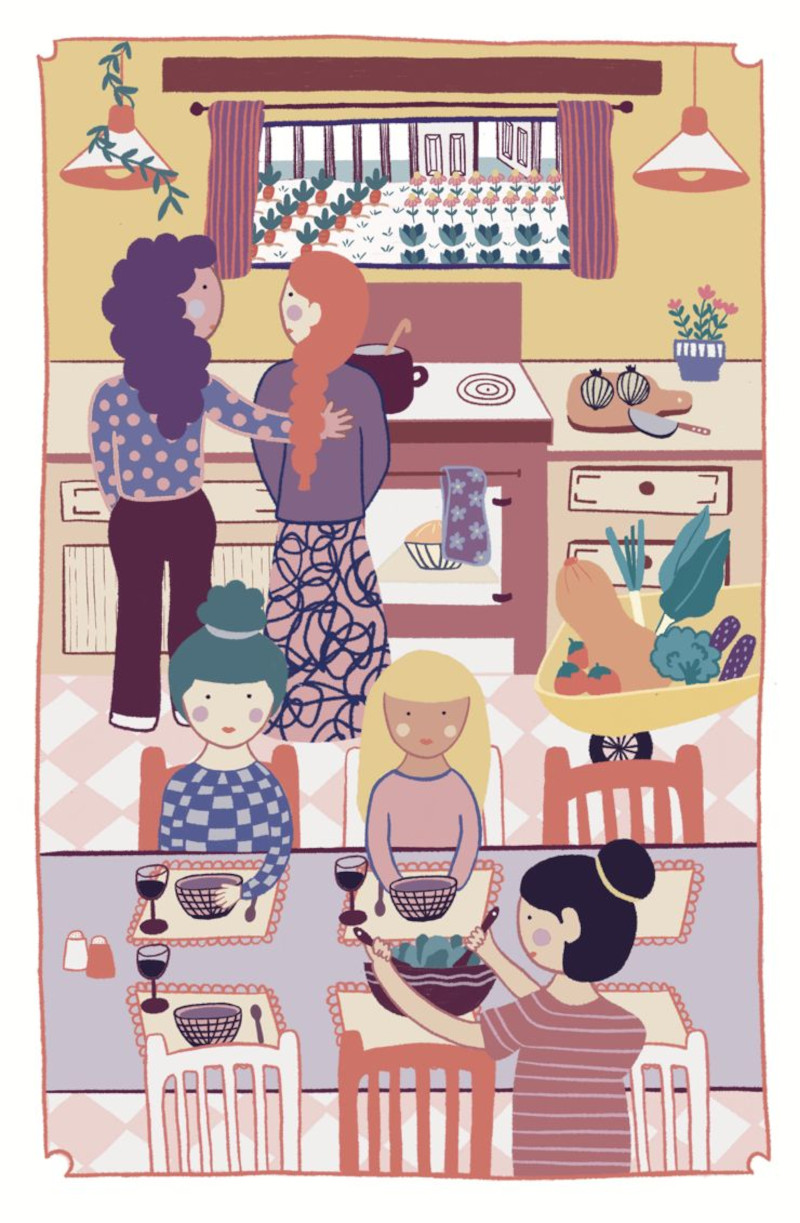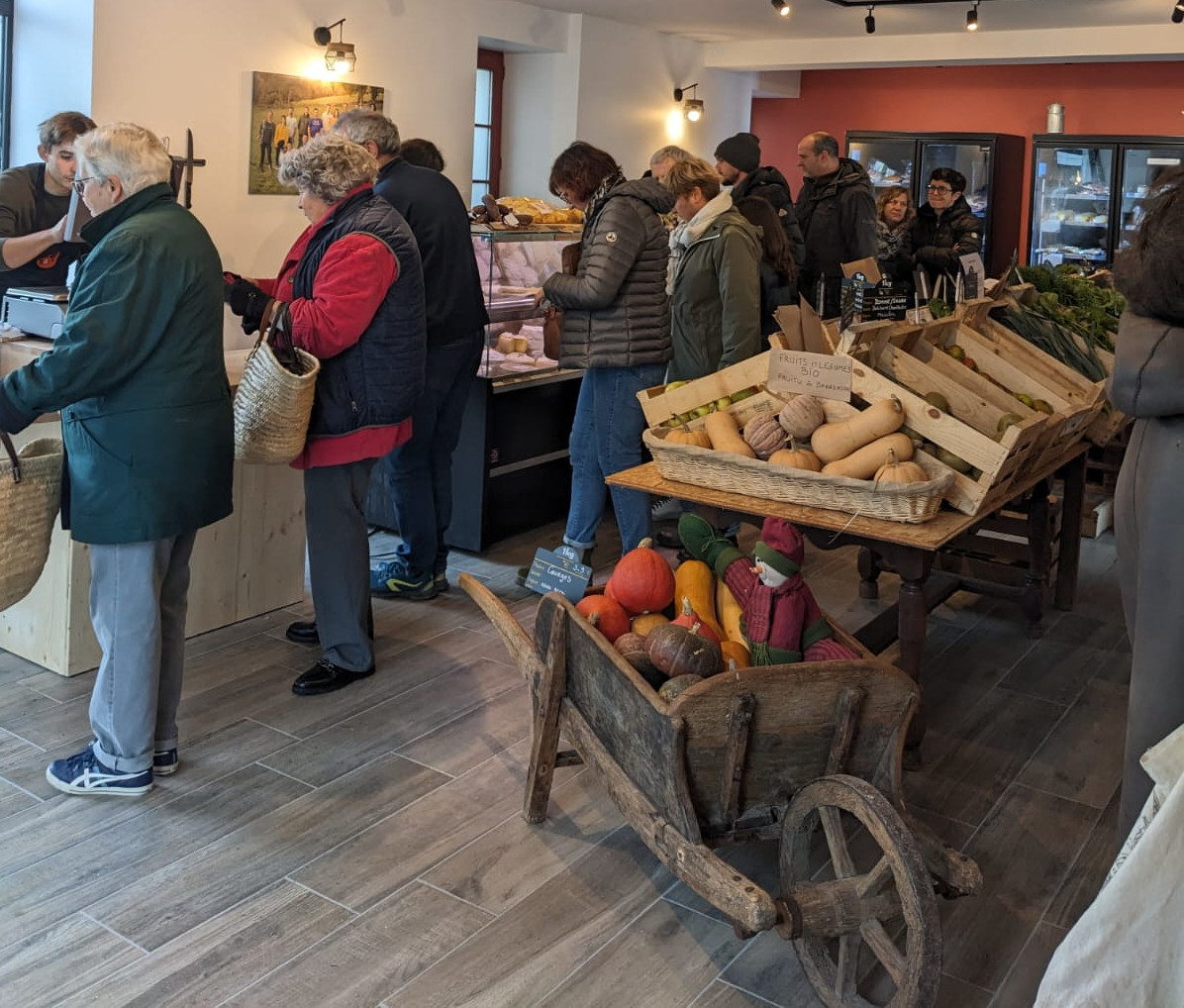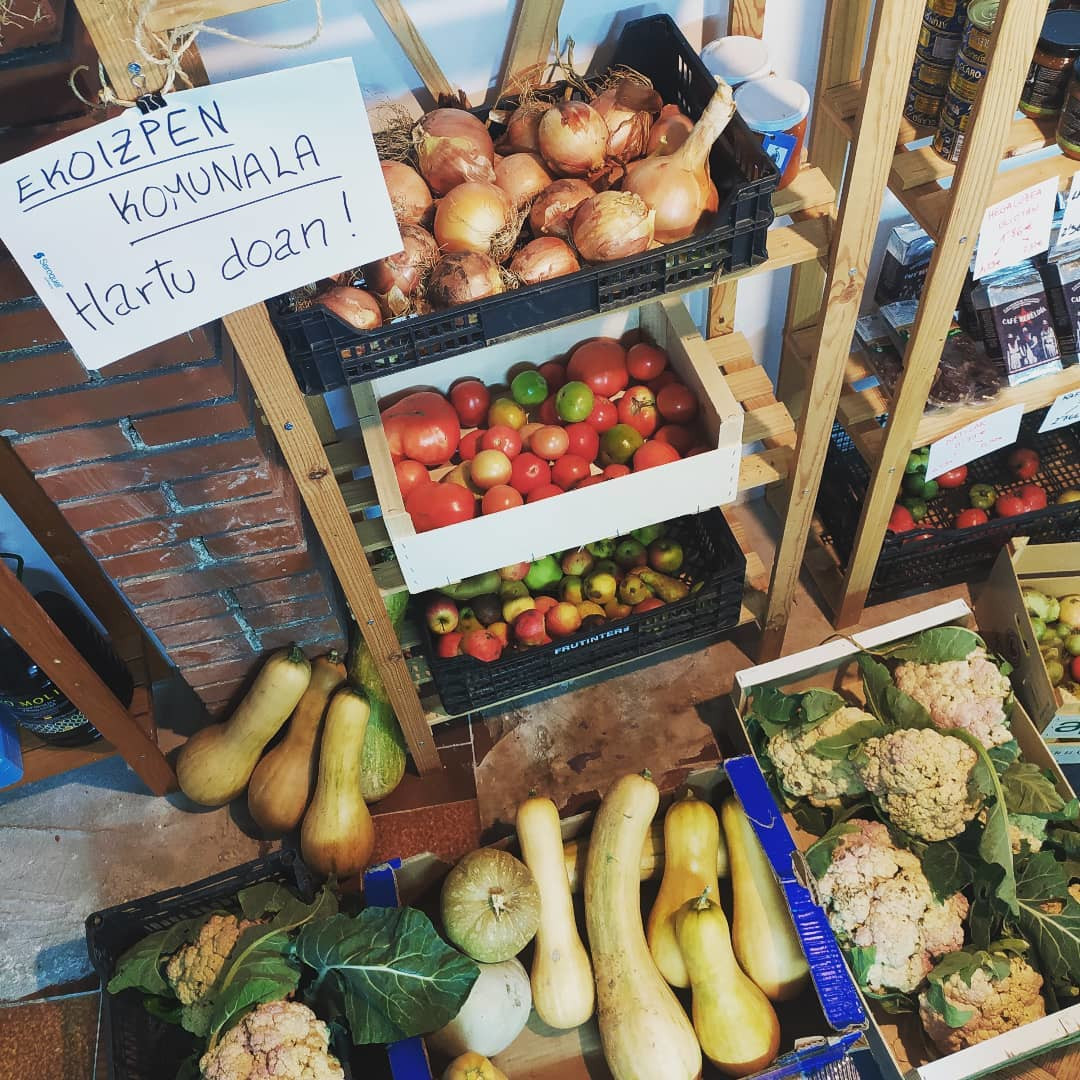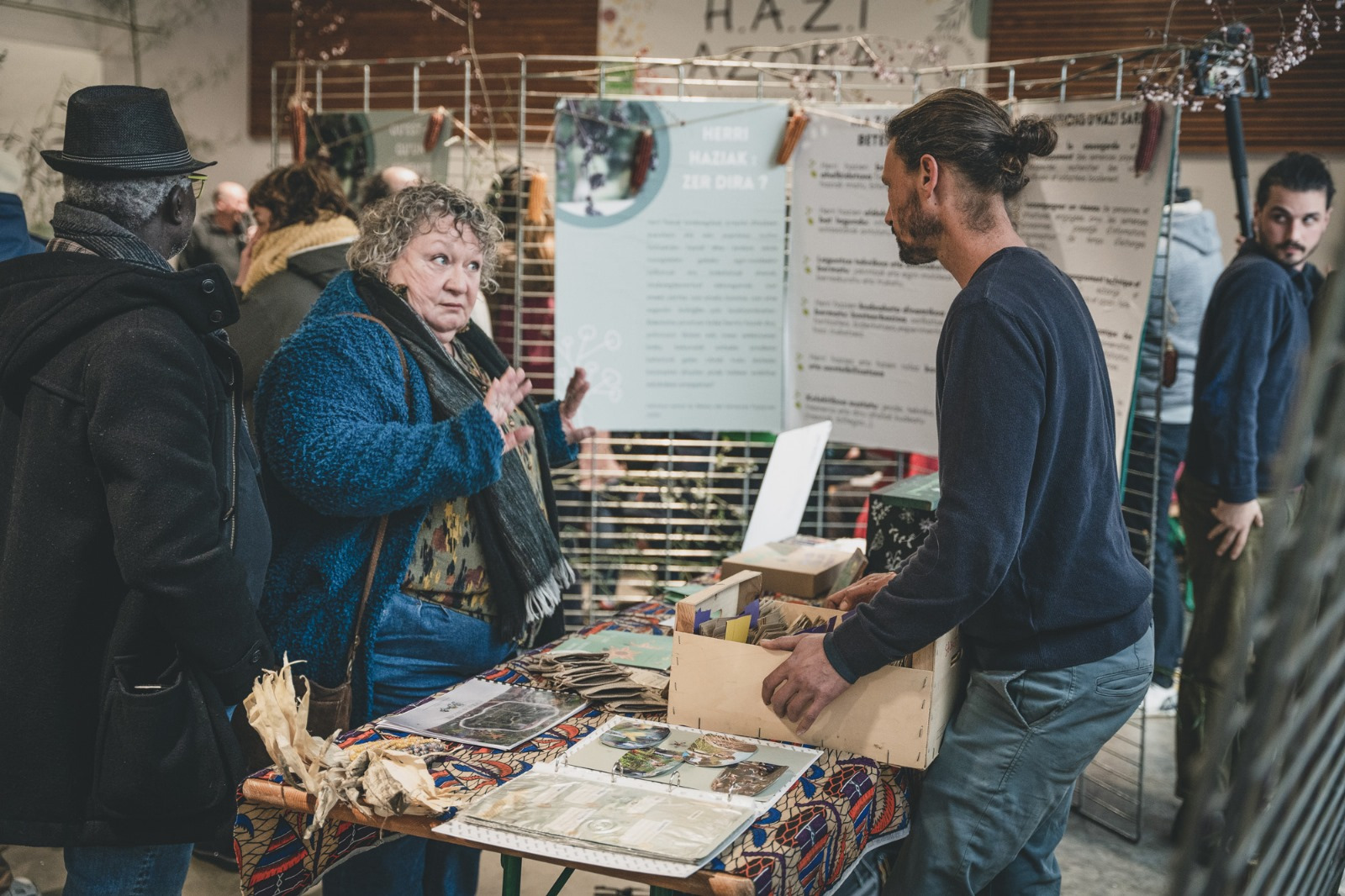Artisanal fishermen and their heritage at risk
- When we talk about food sovereignty and agroecology, most of the time soil and plants come to mind, but what is going on with fisheries? The Ondarroa 12 Milia association has been working for years for the conservation of the sea and artisanal fishing, organizing formations and initiatives. Now, in cooperation with the Association for the Cooperation and Development of the Bizilur Peoples, it has launched a new project: By the sea. Seeing that day’s artisanal fishing is in danger of disappearing in the ports of our coast, they have decided to do something.

“Fishing artisans go out to sea every day and bring a nearby fish caught with small arts to the port,” explains Eneko Batxiller, a project member. Most of them work autonomously, own their boats and play alone or with two or three friends. In recent years, however, this small-scale fishing model has fallen sharply and has come to disappear in some ports, losing the fishermen and many of the trades behind them. “For reasons, the truth is that we are losing a great cultural heritage,” added the colleague.
At a time when food sovereignty is gradually gaining ground, consumers are increasingly focusing on where and how land products have been produced. However, this is not the case for those arriving from the sea: “We identify well the products of the farmhouse and the consumer groups are doing a great job. Well, there's almost nothing about fishing." In order to fill this gap, the Itsasoi project has been launched, with the aim of integrating the consumption of native and seasonal fish into the food sovereignty strategy.
Besides institutional work, training and popular activation
Project members work around three main axes. The first objective is to create awareness materials on native and seasonal fish and their fishing. “We all know what hake is, but there are many other less well-known species that enter our ports a lot.” For this reason, a guide and documentary of seasonal species will be developed with the aim of raising public awareness of the situation and activating alternatives. The second axis of action is the implementation of initiatives in coastal villages; in Mutriku, for example, a seal has been put in place to identify artisanal fishing. To promote these initiatives, the support of local institutions is essential, and that is the third axis: to promote a common work with the nearby institutions.
The initiative has been created with the aim of putting the debate on the table and raising public awareness. If we decide to buy salmon or cod from Norway, at least let us be aware of what is behind that fishing model. “Purse fishing and the largest model fishing are also there, and they are necessary to feed the people with indigenous fish. Here the problem is that if they continue as they have done so far, they stay alone.”
Duela lau urte abiatu zuten Azpeitian Enkarguk proiektua, Udalaren, Urkome Landa Garapen Elkartearen eta Azpeitiako eta Gipuzkoako merkatari txikien elkarteen artean. “Orain proiektua bigarren fasera eraman dugu, eta Azkoitian sortu dugu antzeko egitasmoa, bere izenarekin:... [+]
Donostiako Amara auzoko Izko ileapaindegi ekologikoak 40 urte bete berri ditu. Familia-enpresa txikia da, eta hasieratik izan zuten sortzaileek ile-apainketan erabiltzen ziren produktuekiko kezka. “Erabiltzaileen azalarentzat oso bortzitzak dira produktu gehienak, baina... [+]
Ubidekoak (Bizkaia) dira Imanol Iturriotz eta Aritz Bengoa gazteak. “Lagunak gara txikitatik, eta beti izan dugu buruan abeltzaintza proiektu bat martxan jartzeko ideia”, azaldu du Iturriotzek. Nekazaritzari lotutako ikasketak izan ez arren, baserri munduarekin eta... [+]
Iruñean bizi ziren Iñaki Zoko Lamarka eta Andoni Arizkuren Eseberri gazteak, baina familiaren herriarekin, Otsagabiarekin, lotura estua zuten biek betidanik. “Lehen, asteburuetan eta udan etortzen ginen eta duela urte batzuk bizitzera etorri ginen”, dio... [+]
Gipuzkoako hamaika txokotatik gerturatutako hamarka lagun elkartu ziren otsailaren 23an Amillubiko lehen auzo(p)lanera. Biolur elkarteak bultzatutako proiektu kolektiboa da Amillubi, agroekologian sakontzeko eta Gipuzkoako etorkizuneko elikadura erronkei heltzeko asmoz Zestoako... [+]
Emakume bakoitzaren errelatotik abiatuta, lurrari eta elikadurari buruzko jakituria kolektibizatu eta sukaldeko iruditegia irauli nahi ditu Ziminttere proiektuak, mahai baten bueltan, sukaldean bertan eta elikagaiak eskutan darabiltzaten bitartean.











